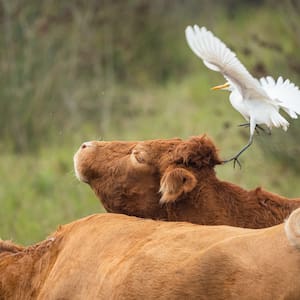Bird flu recently entered Australia - is it just a matter of time before it hits in New Zealand too? A widely-spreading strain poses a major threat to our endangered wildlife and there are urgent questions about its potential to infect us too. Science reporter Jamie Morton put seven burning questions about bird flu to Otago University evolutionary virologist, Professor Jemma Geoghegan. Why are virologists so concerned about this one? Avian influenza , or bird flu, has been around for 30 years.
But the reason why everyone is talking about it now is a specific strain – the H5N1 variant - which has changed genetically so it can infect a much broader host range. We know that RNA viruses are always evolving, but these mutations have adapted it to affect a huge number of different bird species. It’s also allowed it to spread to places it’s never been before – that variant is now everywhere except Australasia – while maintaining a high mortality rate.

So, it’s a huge problem for wildlife and animal health, and now we’ve seen its potential to jump to cattle and spread between cows – something we’ve never seen before with this virus. Why is the strain’s recent leap into cattle so significant? Since bird flu first emerged, we’ve known of more than 800 human cases – but these have always been in humans in direct contact with infected birds. There have also been spill-over events involving other mammals - seals, sea lions, dolphins and minks - where the virus has .
















